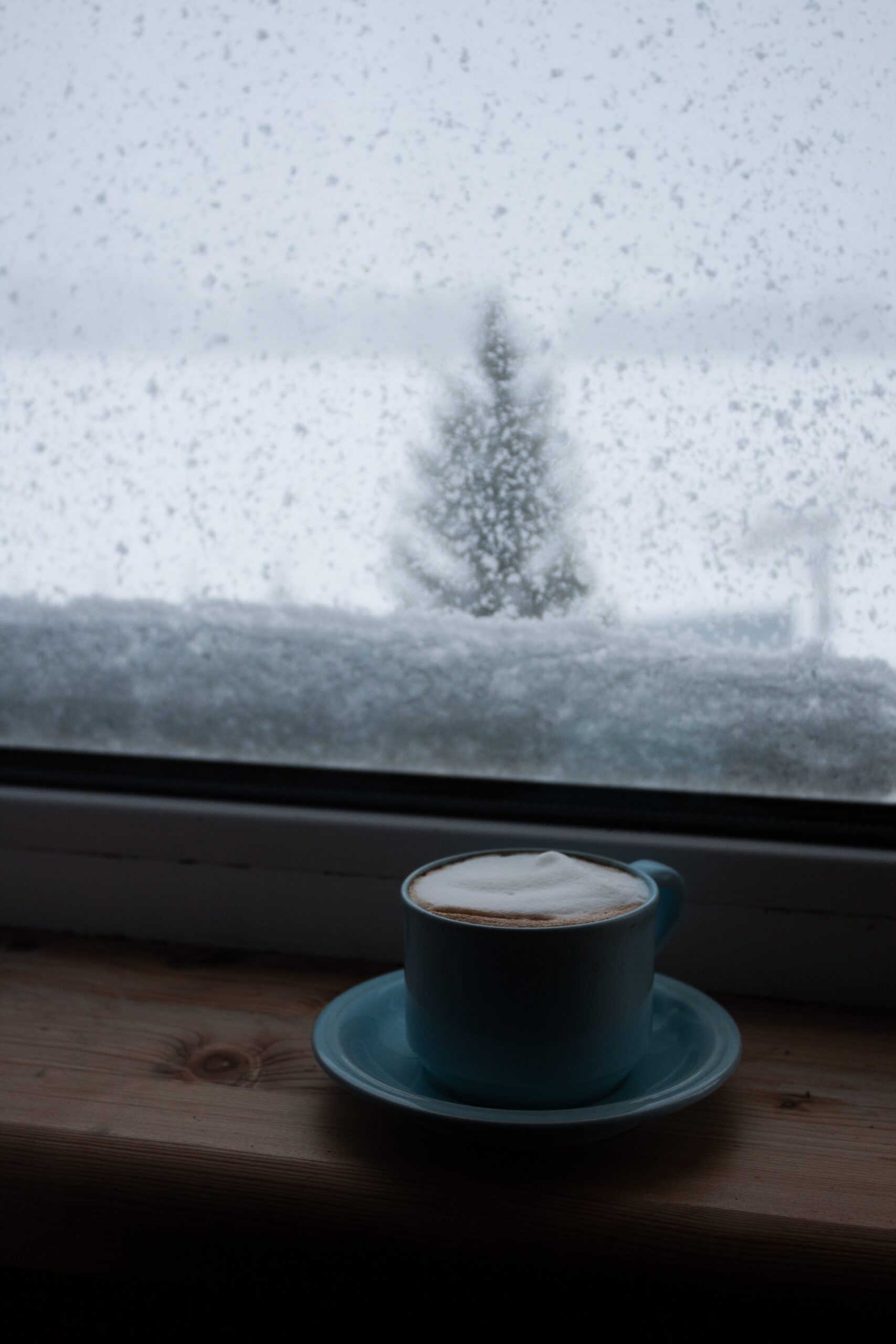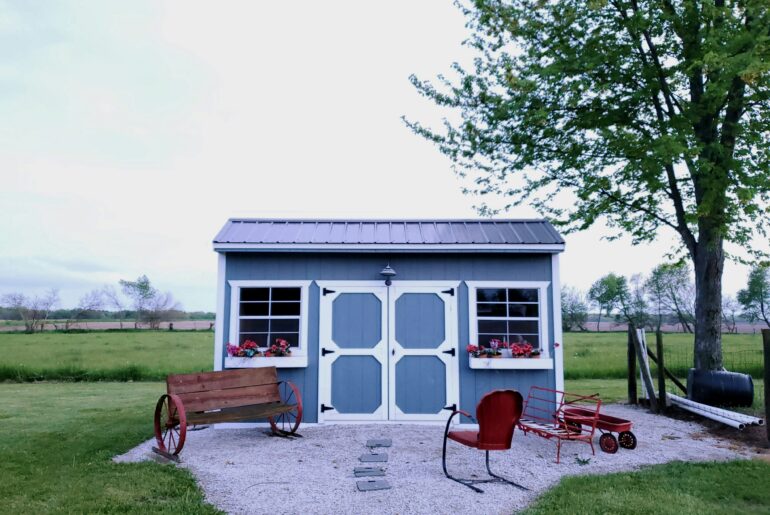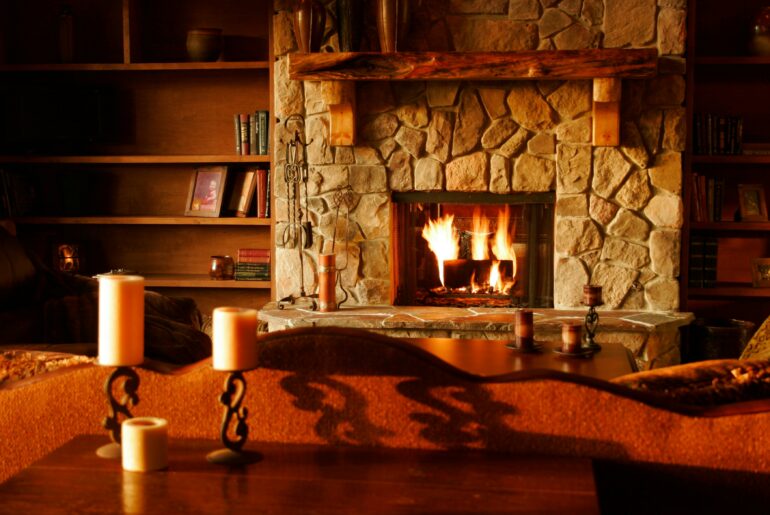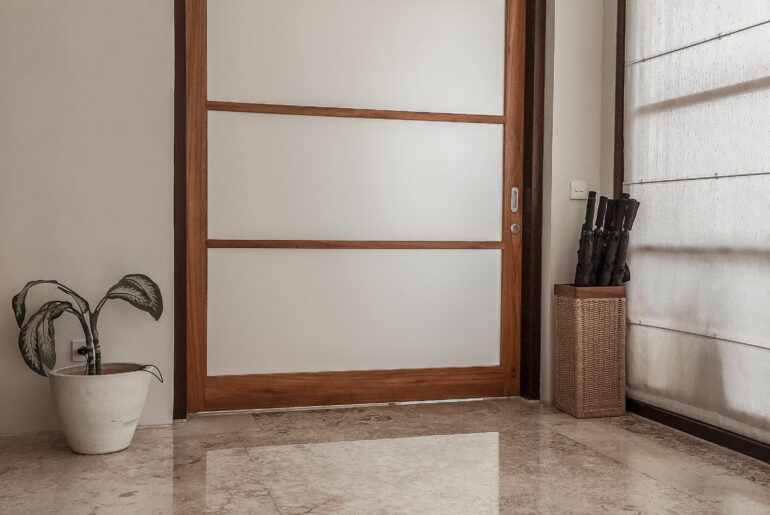Sometimes, there is one room in a house that never seems to get as warm as it should, there’s always an uncomfortable chill in the air. It might be a corner bedroom, the den, or the living room, whichever room it is, it’s a problem.
So how do you solve the puzzle of the cold room? What do you need to do to improve the insulation, the heat retention, or the overall temperature of this space without resorting to expensive plug-in heaters?
Here’s our guide to what you can do to improve and solve the problem of a cold room.
The HVAC System
Before you concern yourself with insulation it’s a good idea to rule out whether the HVAC system is at fault first.
Is warm air able to freely circulate?
In many cases, if you have an HVAC heating system, the problem comes down to blocked vents. Check where the vents for the air system are set. It may be that a rug or a piece of furniture is blocking one or more of the warm air intakes.
The solution might be as simple as rearranging the furniture, moving a rug, and clearing the space directly in front of the HVAC heating vents.
When was the last time the HVAC was serviced?
The next thing to check is the filter. This is a quick and easy task, and a filter is an inexpensive item to replace if the existing one has become so clogged it is restricting the airflow.
Is the furnace operating properly?
Your heating system should be checked and serviced regularly by an engineer to make sure it is operating efficiently.
Is the HVAC connected to the room?
Finally, check that the HVAC does actually have a line feeding the cold room. Sometimes, following a renovation, or extension to an existing property, the HVAC infrastructure is not updated to serve the new layout.
A piped, attic system is straightforward to alter and upgrade to provide an additional supply, but a system that is ducted through the walls may require work to the drywall to install.
The Attic Insulation
In an older property, the attic insulation may not have been upgraded for some time, so it is always a good idea to check the extent and condition of what is up there.
Roof leaks
Sometimes insulation can be damaged by water leaks, pest activity such as rodents, or other weather events such as high winds.
A cold room might just be a symptom, alerting you to the existence of a problem in the attic. Water-damaged insulation will lose its insulating capability very quickly and will need to be replaced once the cause has been determined and rectified.
Pest control
Some rodents like to nest in old fiberglass insulation, and they will quickly disrupt the thermal efficiency of the insulation. Getting rid of the problem may be a job for a pest control company which will be able to help ensure no repeat by securing where the pest entered the property.
Any damaged insulation will have to be replaced, but you will quickly be able to feel the difference.
The elements
Blown-in insulation can sometimes be vulnerable to drifting in the attic, especially if the property is in an area that is regularly subject to high winds.
Attic vents are required to keep the structure of the roof dry, however, exceptional, or regularly high wind events can disrupt blown-in insulation, causing a thinning in some areas of the attic, resulting in cold spots.
Installing batt insulation, or even better, spray foam, to a wind-vulnerable attic space, will ensure that the insulation remains in place, doing its job.
Windows and Doors
Let’s say your heating system is working well, and that the attic insulation is in perfect condition and up to code standards, but it is still not as warm in this particular room as you would expect. What then?
The culprit in this case must surely be your windows and doors.
Window welfare
Check your windows for drafts. It may be that all you need to do in this case is fit a draft excluding tape around the frame.
A window film is another good product to use to keep out drafts in the winter months.
Check around the window frame and wall too, and close up any gaps with caulk. Oftentimes, air will leak between the window frame and the wall studs, bringing cold air into the room.
Door drafts
If there is an external door in the room, then the chances are that this is also contributing to the cold feel of the room. Using insulating self-adhesive foam or rubberized tape between the frame and the door is a great way to stop drafts.
Fit a draft strip to the bottom of the door and check that the threshold seal is still in good order.
A fabric draft excluder laid on the floor in front of the door can also help in the battle against cold air ingress.
Curtains
An inexpensive way to combat cold air and drafts around windows and doors is to hang heavy-lined curtains. Some curtains are made to insulate and are thermally efficient by having an insulating lining.
Wall Insulation
In an older home, the wall studs may not have been insulated to the current code, and it could be that it has either deteriorated or settled over time.
Internal Insulation
Fiberglass and some blown-in cavity wall insulation materials can settle, leaving an area at the top of the wall uninsulated.
The solution is to retrofit new insulation between the studs, either using injection foam or blown-in insulation. As an alternative, you could remove the drylining and replace the insulation between the wall studs to current code levels.
External Insulation
Another solution would be to fit continuous insulation below the external siding, but that would be a project suited to a full renovation project, which you might not be ready for.
Temporary Measures
The most economical way to insulate an external wall with failed insulation would be to fit insulation directly onto the interior drywall, perhaps a radiant barrier, to help keep warm air in the room.
It might work well as a temporary measure during the coldest months of the year, but in the longer term, a more permanent solution should be considered.





